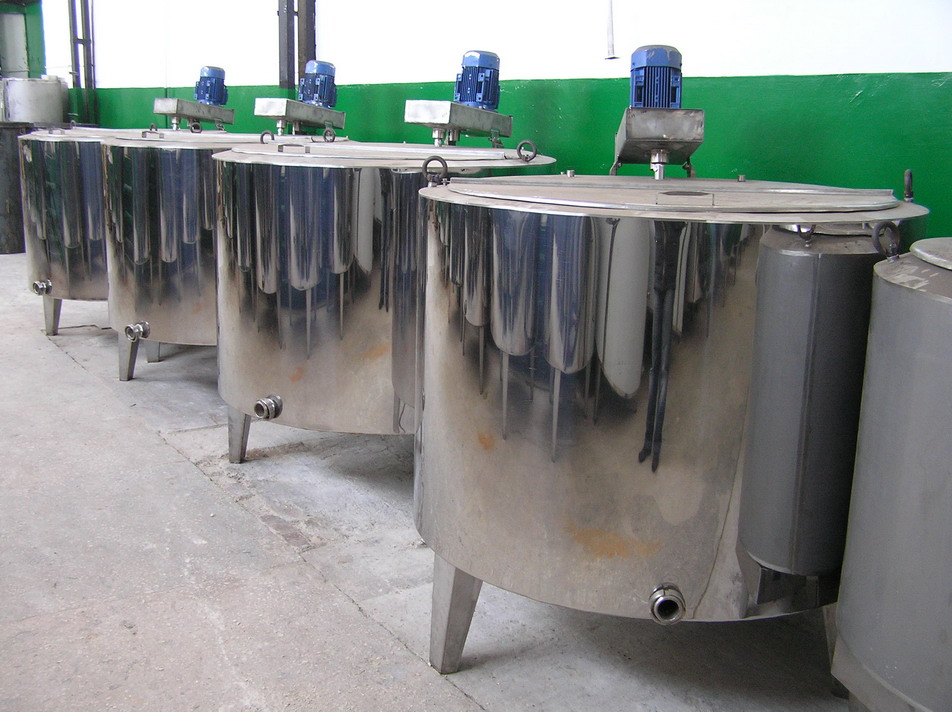Milk is one of the most valuable and nutritious products, which requires special attention during storage in order to preserve its beneficial properties and shelf life. In this article we will look at various milk storage technologies, ranging from pasteurization to rapid cooling.
Pasteurization of milk
Pasteurization is one of the most common methods of processing milk, aimed at destroying harmful bacteria and increasing its shelf life. This process ensures product safety and quality by heat treatment at a specific temperature and time.
Ultra pasteurization
Ultrapasteurization is a more intensive process of heat treatment of milk, which can significantly increase the shelf life of milk without losing its beneficial properties. As a result of this process, milk can be stored longer and requires fewer preservatives.
Cold storage
In addition to heat treatment, storing milk at low temperatures is a key aspect of maintaining the freshness and nutritional properties of the product. Rapid cooling of milk after milking helps reduce the proliferation of microorganisms and maintain its quality.
Innovative fast cooling technologies
Modern innovations in the field of cooling technologies make it possible to quickly reduce the temperature of milk to an optimal level, which helps preserve the beneficial properties of the product. Thanks to the use of specialized cooling systems, producers can provide milk with ideal storage conditions.
Milk storage technologies play an important role in providing a high-quality and safe product to consumers. From pasteurization to rapid cooling, each stage of milk processing has its own importance in extending shelf life and preserving its beneficial properties. The development of innovative storage methods opens up new opportunities for improving processes and increasing the efficiency of dairy production.

